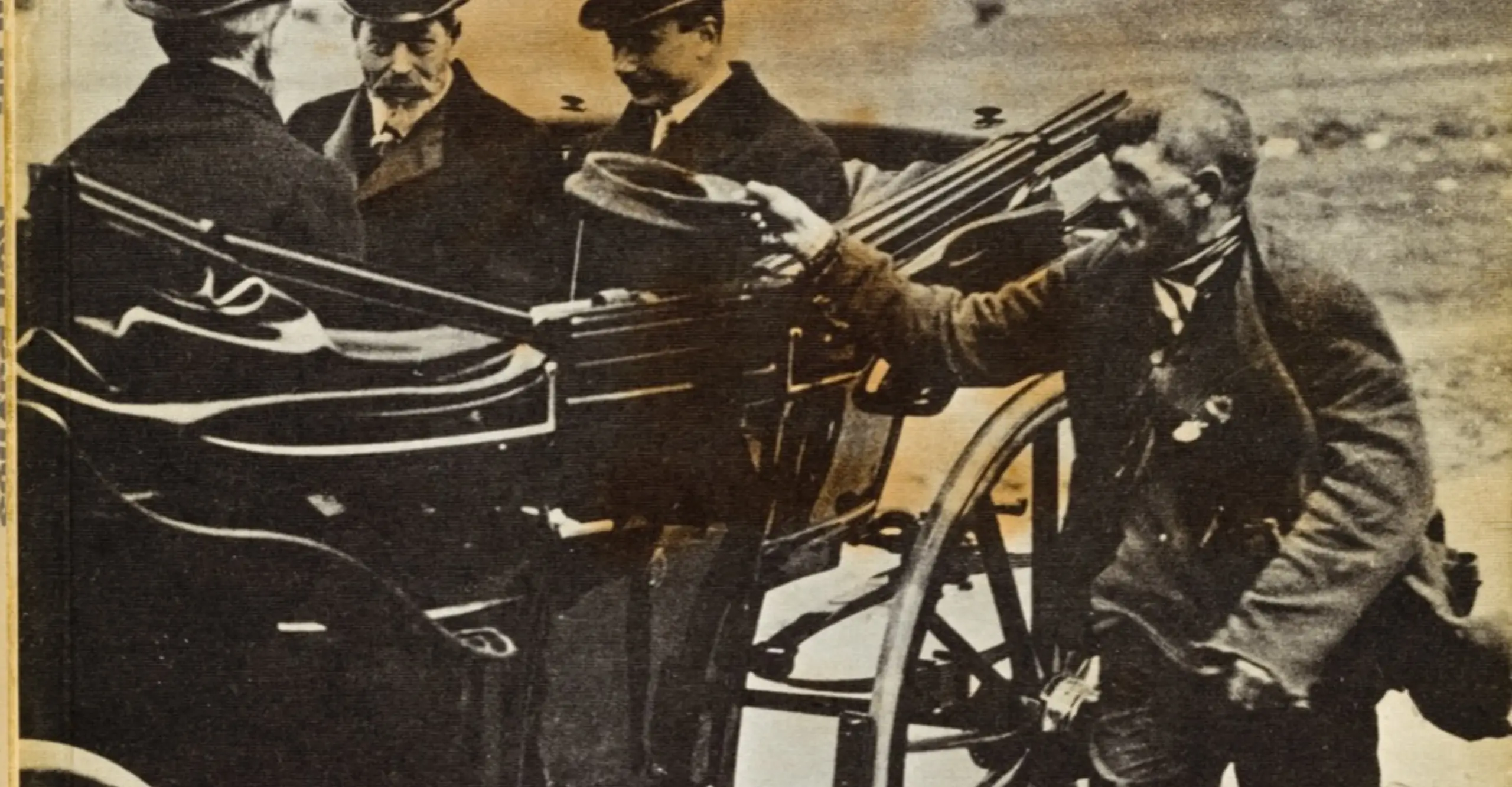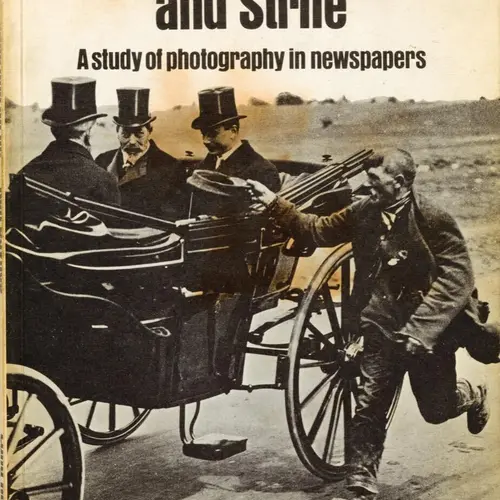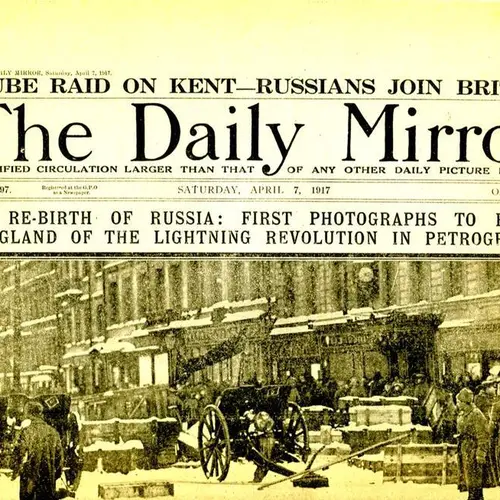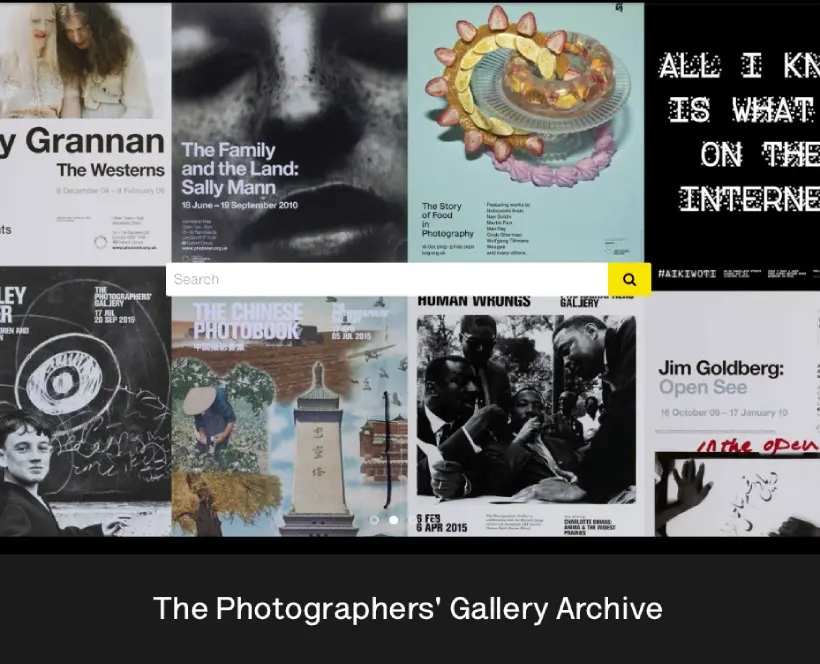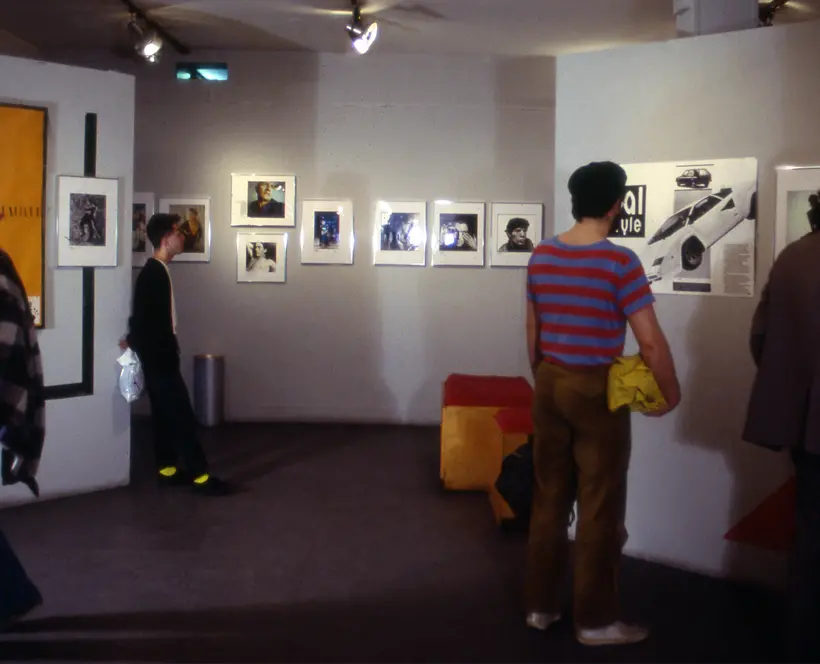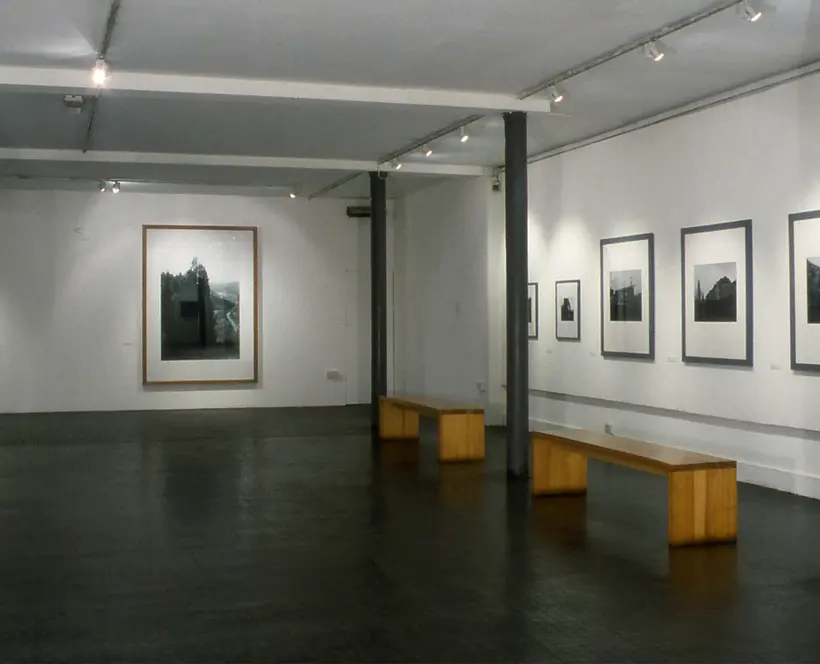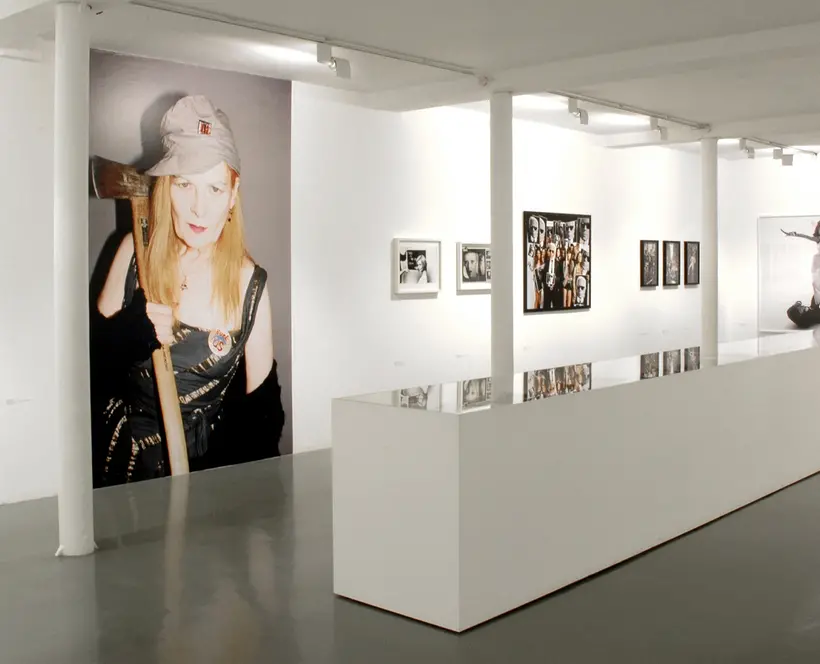The aim of Scoop, Scandal and Strife is to make possible and analyse of the role of photography in newspapers.
It is not an exhibition of ‘the world’s best press photographs’, or ‘the years best news pictures’: that kind of material is most adequately shown in existing exhibitions all over the world. Presented here is something rather different: a Review of the development of journalistic photography and its use – day after day – in that most familiar of mass media, the newspaper.
Inevitably the exhibition provides a vivid perspective on recent history. The newspaper is an astonishing vehicle for making the past real. The day’s great events were seen embedded in today’s trivia, and it is possible to catch a glimpse of how it must have been to read, over the breakfast table, of Churchill’s great Dunkirk beach, awe of the death of Mussolini, or of the Russian Revolution.
In organising Scoop, Scandal and Strife this idea of the reader has been of central importance. That is why so many of the photographs are shown as they originally appeared, in the pages of newspapers, I’m not a separate photographs. The journalistic use of the photography is a matter of words and pictures, and the integration of the two is the essence of the story that the exhibition sets out to tell.
The material is divided into five sections:
First, Beginnings, which deals with the origins of photography in newspapers. Then, Genres, which shows the number of typical journalistic uses of photography since 1904 (when the Daily Mirror was founded as the first paper in the world specially committed to the use of photographs).
Third, Scoop, which deals with the essence of news of ‘being there’ and getting an exclusive picture of a unique, dramatic or historical occasion. Fourth, Scandal, which explores sensational reporting of sex, crime and violence. And finally, Strife, which shows new photography’s special role in making widely available scenes of war.
Acknowledgements
The presentation of the Scoop Scandal and Strife exhibition grows naturally out of the Welsh Arts Council’s respect for photography. The council was the British art institution to organise an exhibition of work by a living photographer (Raymond Moore)
Scoop Scandal and Strife was organized and designed by Ken Baynes, the exhibition display system was designed by Malcolm Quandrill. Exhibition construction by Priestleys of Gloucester. Catalogue designed by Steve Storr/Ken and Kate Baynes and printed in Britain by Papares & Publications (Printers) Ltd
© Welsh Arts Council 1971
Curated by Harold Evans
Can you help us?
If you visited or were involved with this exhibition and have information you can share with us, we’d love to hear from you. You can get in touch using the details below.
Likewise if you spot anything incorrect, have any further information that would improve this listing, or want to share a memory of TPG please contact us at tpg.archive@tpg.org.uk
You can find more archival material from Scoop, Scandal and Strife in our digital archive.
